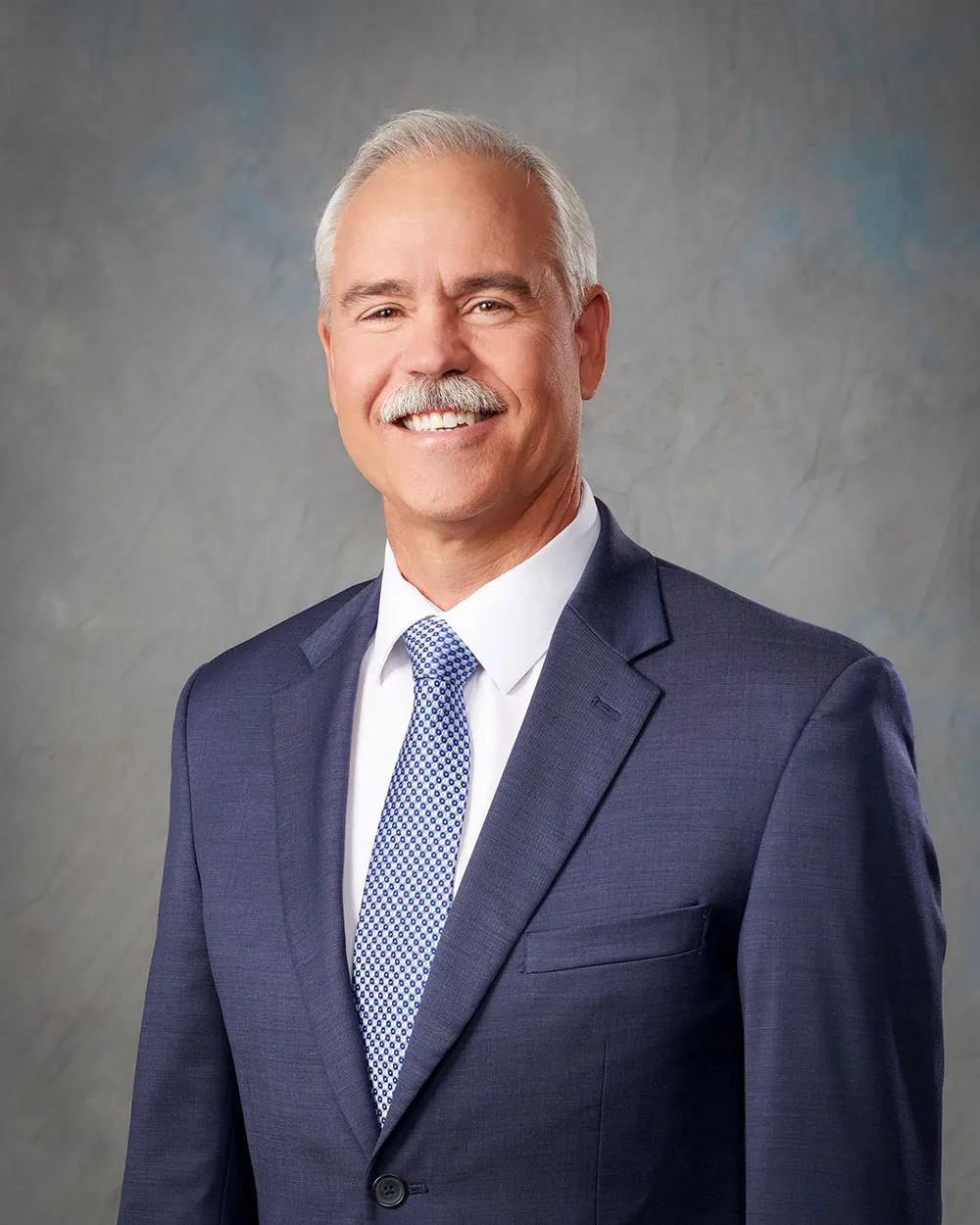Las Vegas Valley Water District
Paul Johnson, Chief Financial Officer
Southern Nevada Water Authority Investor Relations
Southern Nevada Water Authority Investor Relations
Learn about Southern Nevada Water Authority Investor Relations including our News & Press Releases, Projects, and Team.
Have questions? Reach out to us directly.
Learn about Southern Nevada Water Authority Investor Relations including our News & Press Releases, Projects, and Team.
The Southern Nevada Water Authority (SNWA) is a not-for-profit cooperative agency formed in 1991 to manage Southern Nevada's water needs on a regional basis.
The Water Authority provides wholesale water treatment and delivery for the greater Las Vegas Valley and is responsible for acquiring and managing the region’s current and future resources; constructing and managing regional water intake, treatment, and transmission facilities; and promoting water conservation.
The Water Authority has developed successful conservation programs to reduce Southern Nevada's consumption of Colorado River water, and emerged as an international leader in water quality research. Furthermore, the agency has strengthened partnerships along the Colorado River while expanding its water resource portfolio. The Water Authority remains committed to conservation, sustainability, diversifying resources and collaborations with all Colorado River users to address water needs for the region well into the future.
Facing the worst drought in the recorded history of the Colorado River system, the Water Authority and its member agencies have worked diligently since 2003 to maximize the availability of existing water supplies and reduce overall water demands. Through these efforts, the Water Authority created one of the most comprehensive and progressive water conservation programs in the nation and has ingrained the conservation ethic into the culture of Southern Nevada.
The organization has taken a scenario-based approach to water resource planning, focusing on permanent, temporary and future resources. The SNWA’s water resource portfolio includes a diverse set of resource options, as well as eight years of reserved supplies, to reliably meet the community's current and future water resource needs.
In 2008, the Water Authority embarked on a major effort to protect the community’s primary water supply and began building a third drinking water intake at Lake Mead. The intake tunnel, completed in 2015, will work in tandem with a low lake level pumping station currently under construction.
The SNWA is governed by a seven-member Board of Directors comprised of representatives from each of its member organizations:
• Big Bend Water District
• Boulder City
• City of Henderson
• City of Las Vegas
• City of North Las Vegas
• Clark County Water Reclamation District
• Las Vegas Valley Water District
While the Board of Directors sets policy direction for the SNWA, the Las Vegas Valley Water District is responsible for the day-to-day management of the organization through an agreement between the SNWA member agencies.
While water is the organization’s focus, it takes considerable power to treat and pump water from Lake Mead to the Water Authority’s two water treatment facilities, and then up nearly 2,000 feet to the Las Vegas Valley. Committed to managing its power resources in an efficient and environmentally sensitive manner, the Water Authority is actively working to achieve 25 percent renewable power by 2025.
SAN FRANCISCO (S&P Global Ratings) Feb. 25, 2025--S&P Global Ratings raised its issuer credit rating (ICR) on the Southern Nevada Water Authority (SNWA or authority) to 'AA+' from 'AA'. The outlook is stable.
"The raised rating reflects our view of the authority's demonstrated resilience, stability, and continued strong financial performance through both a prolonged and severe drought cycle and economic recession," said S&P Global Ratings credit analyst Jenny Poree. "The authority plays a critical role in the region's water supply management and uses conservative forecasting, which suggests that ongoing hydrological volatility or scarcity issues will not materially influence its financial performance or ability to provide water to the service area," Ms. Poree added.
Those strengths are somewhat tempered by the authority's dependance on the Colorado River, which faces a systemic supply and demand imbalance. In addition, the river's operating guidelines are currently being renegotiated, which heightens uncertainty. Unforeseen changes to the existing operating guidelines that govern SNWA's allocations, including any significant policy changes regarding an intentionally created surplus or other storage, would likely affect credit quality.
The SNWA diverts Colorado River water from Lake Mead, treats it to federal Clean Drinking Water Act standards, and delivers the treated water to water purveyors in the Las Vegas Valley and Boulder City. The major water purveyors and their percentage of total SNWA water deliveries are:
Certain terms used in this report, particularly certain adjectives used to express our view on rating relevant factors, have specific meanings ascribed to them in our criteria, and should therefore be read in conjunction with such criteria. Please see Ratings Criteria at www.spglobal.com/ratings for further information. Complete ratings information is available to RatingsDirect subscribers at www.capitaliq.com. All ratings affected by this rating action can be found on S&P Global Ratings' public website at www.spglobal.com/ratings.
On Tuesday October 22, 2024 the Southern Nevada Water Authority closed on its State of Nevada Drinking Water State Revolving Fund Loan (Contract #DW2504). This loan will fund cost assocaited with the River Mountians Ozone Replacement Project. The loan will be drawn on a reimbursement basis in a maxium amount not to exceed $56,733,000. The term of the loan is 20-years and a rate of 1.00%.
Las Vegas Valley Water District and Southern Nevada Water Authority have selected a pool of five underwriters for its next new money bond issuance.
Firms Selcted:
Maximum par not to exceed $415,000,000*. This negotiated bond sale is projected to close in May to August 2025. Bond proceeds will be used to fund projects in the Southern Nevada Water Authority's Major Construction and Capital Plan. These bonds will be a general obligation of the Las Vegas Valley Water Disctrict and additionally secured by Southern Nevada Water Authority pledged revenues.
*Subject to change




Have questions? Reach out to us directly.